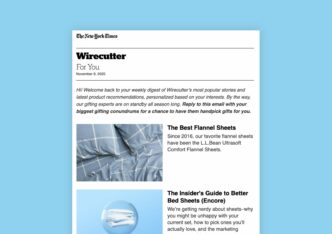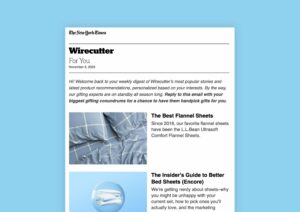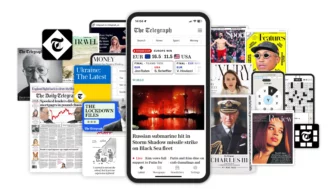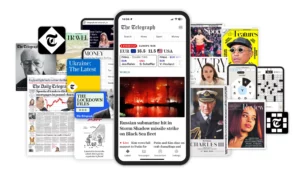

If you're in the media business, likelihood is you already know what a paywall is. It blocks content and asks a reader to pay to subscribe in order to gain access. But what are the different types of paywalls? What makes a paywall dynamic? And how can you succeed in a dynamic paywall model?
Paywall types
There are 4 standard paywall types.
Hard paywall
Hard paywall models are the most rigid, whereby all content is blocked for non-subscribers. They’re primarily used by B2B or specialist interest media houses who have a very engaged, loyal audience who have a high propensity to subscribe. The Financial Times, for instance, is one of the most widely recognized publishers with a hard paywall model.
Freemium paywall
Freemium paywall models involve articles being placed in one of two categories – free or premium. Free content is open and available to all visitors to the site. Premium articles on the other hand are blocked by a paywall and reserved for subscribers only.
This division of articles allows a publisher to achieve two business goals simultaneously – increase page views for advertising revenue and convert readers into paying subscribers. Specifically, free articles allow for audience acquisition, engagement and advertising revenue. These articles are traditionally more generalist news and are optimized for SEO, whilst premium articles are often more in-depth, higher quality reporting that demonstrates the value in the publisher’s subscription offer.

> There's an interesting debate around whether you should mark premium content with an icon or not. Many publishers for instance put a lock icon or "Subscribers only" tag. Lars Jensen investigates in this article.
Metered paywall
Unlike freemium paywall models, all articles in a metered strategy could be considered as premium. Instead of splitting content into two categories, a reader has access to a set quota of articles per month before being blocked by the paywall. This quota differs from publisher to publisher, and some add a registration wall into the metering, asking for registration in exchange for access to another article before the paywall.
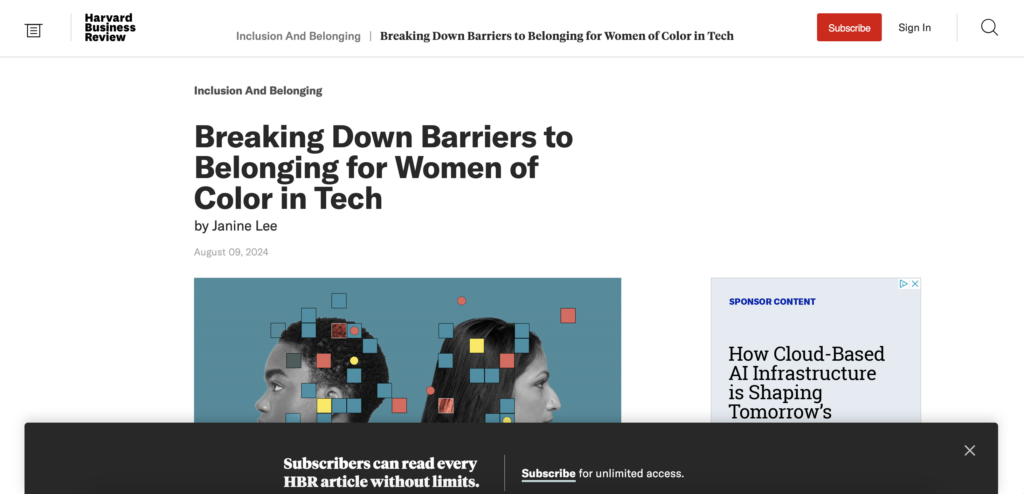
One limitation of this strategy is that a reader could be blocked by the paywall on any article. Because of this, every content should be of sufficient quality to convince them to subscribe. For news publishers, especially in Europe, this isn’t ideal for audience acquisition and engagement building. Because of this, it’s not a very widely used model.
Dynamic paywall
A dynamic paywall model is when the conversion journey adapts to a reader’s profile or context, depending on the publisher’s strategy.
This is achieved through audience segmentation – splitting readers into groups based on factors such as their location, the device they’re using to access the website, how they came to arrive on the site, the article they’re on, their level of engagement, etc.
Given that every visitor to a publisher’s website is different, this strategy allows for adapted and targeted paywall messaging, subscription offers, and engagement journeys to optimize conversion rates for each ‘type’ of reader.
For instance, readers on mobile are typically highly more engaged but less likely to convert into a subscriber, likely because of the context of reading on mobile vs desktop. Given this, a publisher might choose to present readers on desktop with a paywall, whilst asking readers on mobile to create a free account via a registration wall. The goal here is to increase engagement for mobile readers and convert those on desktop.
> To read next: How to dynamic paywall (and it’s not as hard as you think)
How can a publisher be dynamic with its paywall strategy?
You can segment audiences in any way that benefits your unique strategy and maturity level. But the idea is that the wall and conversion journey adapts to a reader’s profile or context, such as:
- The reader’s level of engagement
At Poool, the dynamic paywall solution, this segmentation involves 4 groups: volatiles (the least engaged), occasionals, regulars and fans. The idea here is to balance frustration and engagement. Whilst ‘Fan’ readers are already highly engaged and have a high propensity to subscribe when presented with the paywall, this isn’t the case with ‘Volatile’ readers who aren’t yet aware of the value you have to offer. Instead, you could consider soft conversion steps, such as newsletter sign up or registration, to increase engagement.
- Their location
This could be as simple as changing the currency in the paywall, or maybe targeting messaging based on current affairs in each country, such as national elections.
- The content type
As mentioned above, some articles may be more likely to convert than others. Topics that go into great detail on a given subject and are unique to your brand, that a reader can’t find elsewhere, are those that you’ll want to test placing behind a wall.
Poool is natively integrated with Sophi.io, an intelligence software that analyzes each article's potential to convert readers into subscribers. Publishers can then create dedicated conversion journeys for each of Sophi's decisioning possibilities to present the paywall at the right time for high conversion rates.
- The source of traffic
For instance readers coming from social media will likely have different behavior and understanding of your brand than those coming from one of your newsletters. You can even adapt messaging in the paywall based on the newsletter itself. For instance, ELLE magazine in France targets the value proposition and first 2 bullet points in the paywall to readers coming from their fashion newsletter vs their sex and relationships newsletter. The product they’re selling is the same, but they forefront different benefits based on the user’s assumed interest in either fashion or sex and relationships.

> Read more about ELLE Magazine’s subscription model here.
What do you need to look for in a dynamic paywall solution?
- Ability to integrate different types of conversion walls into the user journey, such as newsletter and registration walls. This is valuable for collecting first-party data and increasing engagement to boost propensity to subscribe.
- A variety of audience segmentation options (such as those listed above), including the ability to create custom segments based on your own data
- A/B testing functionalities to continuously optimize the conversion journey, wall messaging and design
- Marketing autonomy to be able to make changes to your strategy without having to call on the tech team for support. This should be the case for building the conversion journeys, editing the wall designs and messaging, running tests and segmenting audiences
- Performance analytics data and connection to external tracking tools, such as Google Analytics
- Advanced design functionalities for the paywall, such as ability to integrate form fields, subscription offers, buttons, login, etc.
- Ability to optimize for SEO and paywall bypassing, such as by adapting the blocking method (server- or user-side)
- Minimal impact on webperfs and fast page-load speed
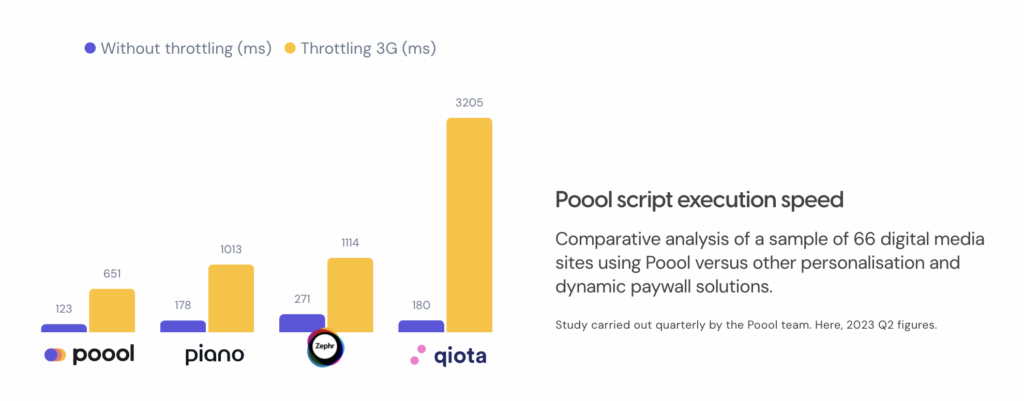
- Simple connection and integration with other tools, such as CMS, subscription management platforms, DMP, CMP, etc.
- Expertise and a strong support team. Finding a best in breed solution means you can benefit from a team that are 100% focused on digital reader revenue strategies. Their knowledge and experience from supporting a variety of publishers around the world to achieve similar goals as yourself can help save you time, avoid making the same mistakes, be able to benchmark with others on the market and benefit from agility that an in-house solution likely wouldn’t be able to provide.
The Audiencers is a B2B media and community by Poool, the solution to engage, convert and retain your members and subscribers. To find out more about Poool, visit our website or drop Madeleine an email for a chat, at [email protected].



